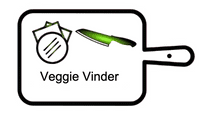Can You Block A Heater Vent To Redirect Heat
Electricity is a very important source for humans to survive and it plays a great role in human life. Nowadays most of the appliances work using electricity and they are a huge part of our life as they provide us comfort.
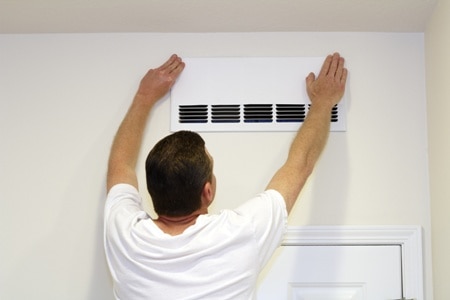
It is very important to save energy as electricity is getting costly with each passing day and therefore saving electricity to save money is one of the best things you can do. The desire to save some money sometimes leads people in blocking some of the heaters’ vents. Is it a good idea? If you are wondering this then the answer is in this article.
Many people think that closing a vent might not let the heat come outside from the chamber and trap it inside and it might affect the heaters working condition, however, this might not be true. This might save a lot of electricity and money in the long run but when you look at the results. It might only be a problem then something good in a lot of circumstances.
Many people even today believe that closing the vents might help them to direct the heat towards them or towards the room where they are or spend the most time. Ok, there is also a reason for that. Why should you spend heating other rooms if you’re staying in a place? After all, shutting down the ventilation will inevitably lead to heat being transferred from one end to another, so why not instead. It does not help to save a lot of resources, as it turns out.
There are chances of increasing the heating expenses if you try closing vents in the modern heating or air conditioning systems. In 2003 some of the experts from Lawrence Berkley did some research and found out that closing vents lead to increased electricity bills. This is due to the fact that you might receive certain benefits doing that but you will also receive a duct leakage.
There is a pressure that gets build up inside the ductwork which happens due to the closing of the vents and this closed airflow might lead to worsening up the condition of your heating system. There is a pressure imbalance created due to this and also creates a suction effect. This caution effect causes the cold air to come back to the duct and then pull in air from the cracks and crevices that are present in the doors and windows.
The warm air will of course be guided to other rooms, but it might not actually be the room that opens the ventilation. The air pressure is more likely to shift into the basement and the floor cavities, or cracks inside your duct and back. When you think about the long run this will only be a problem and it won’t be a healthy practice as it might result in decreasing the efficiency of the heater.
The extra pressure that gets added pushes the heater to work more than it should and it forces the heater due to the air pressure to work harder than the usual operation. In the unused ducts, there is a reduced pressure that alternatively causes it to freeze down during winter.
Such practices might not only worsen the efficiency of the heater in the long run but also decrease the durability factor.
What should you actually do?
The thing you can try doing is partially closing the vents instead of closing them completely and reducing their efficiency. Partially closing the vents might maximize its performance and effectiveness.
Normally this will lead to an increase in heat and also heat the upper floor. When you partially close the vents you can just eliminate the risks and adverse effects of closing or blocking them due to reduced pressure. This will also help you save energy on your heating system and also your electricity bills cost less.
Things you can try instead of Blocking the Heater Vents
Blocking or completely closing the heater vents might only be a problem in the long run as it might affect the efficiency of your heater. These are some of the thighs you can try doing instead of closing the vents.
The below mentioned things are some of the things you can consider performing to increase the efficiency of your HVAC system. This will also help you cut your electrical costs.
Getting help from a professional
You can ask help from a professional to check whether your heating system is doing good or it needs some maintenance.
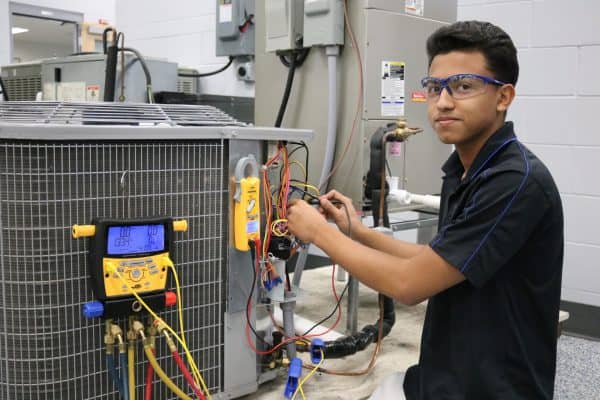
A skilled contractor might check the system and he will certainly understand what’s wrong and how is your system working. He might suggest you things that you can do for increasing the productivity of your system. You can ask the professional to check if the heating system is properly sealed and there aren’t any kind of leakages or cracks.
Your heating system needs maintenance and servicing
It is very important to service your heater at regular intervals and this will also ensure that it works efficiently and saves you money.

You need to take the help of a professional so that he or she can clear the heating system and solve all the occurring issues like blockages that can be a problem due to which disruption might be taking place. You need to do this every year or at least once every two years. This thing will be a lifesaver and will also let you know in advance any possible hazards that might happen in the future and you can just prevent such things.
If the furnace is facing problems and it requires servicing regularly and if it has ran out of the warranty period then you need to replace it. You can get a new one, look for new models that have excellent modern features. An efficient model will help you to cut down your electricity bills too and save you a lot of money. Newer features can also be very convenient for the users. This will surely increase the effectiveness of the performance.
One more thing that you can do is check for the annual fuel utilization efficiency also known as AFUE. This AFUE needs to be closer to 95 percent. When compared to the older parts it will help you save around two-thirds of the total energy. This will be very helpful to you.
What a specialist says about how much to spend on heating systems can make a huge difference and it can be a significant influence on the fact that how much you need to spend on your heating system. He can also tell you about the time intervals in which your heating system requires servicing. This will help the heating system to enjoy a prolonged life. This will also save you money.
There’s a possibility that in certain cases you can also try blocking some of your vents and it will help you to save some energy. This can be done unless you notice a big failure in the system and this results in trapping the heat inside and some massive or dangerous incidents happening like fire.
If your expert tells you it’s safe to do so you can keep using the unused heat that is inside the vents and then you can direct it towards such places or rooms where you and your family spend most of the time.
How can we do this?
The first thing to start with is sorting the vents as this can be the best and simplest option among others.
Each of the systems is connected with the help of the ducks and therefore there must be at least one vent that is connected to each of your rooms. You might also have more than one vents inside your room if your room is large and this certainly depends upon the size of your room. You might not be spending a lot of time in most of the rooms and there is one place in the house where most of the time is spent.
If you want to redirect the heat to that room and cut down the wastage by spreading the heat across the rooms where you spend the least time you need to close the vents in such rooms. You can so try pushing the liver slightly. You can slide the lever on the vent itself.
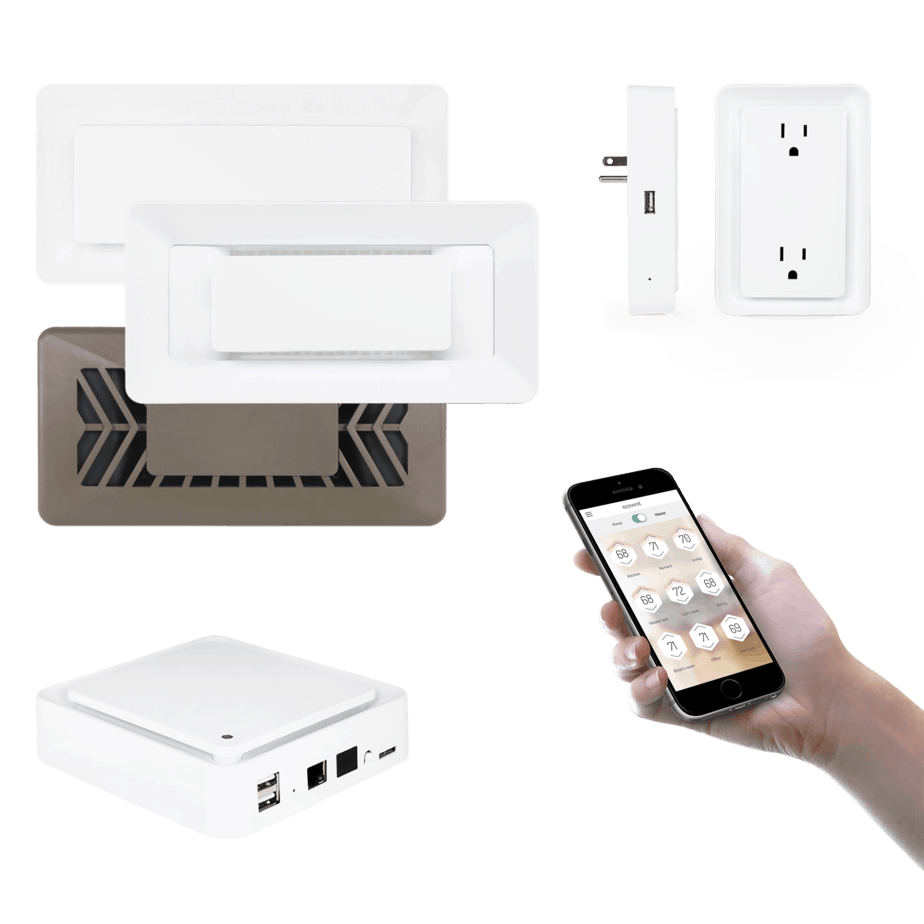
If you have a modern heating system then there is a chance you have a feature that enables the closing of vents using a remote. If not, you can also block the vents manually. In this situation, and there is no sliding cover to block the spring, or the machine doesn’t operate, at least a few businesses are online, selling the basic magnetic wind cover that you can use to cover or close any spring you want.
This can be expensive for some people and therefore I also have an alternative solution. You can try making it at home as well. You can try making a cover on your own and you can use any heat-resistant materials to do this. One good option is using a fitted piece of cardboard. You can take a fitted piece of cardboard and wrap it into an aluminum foil and hold it in place by using small magnets or weights.
You can also go with plywood that can be an affordable option and it also resists heat. If you want to get heat at the place where you spend most of the time in your house then you need to do this. This can be a long-term solution that is also safe when compared to the rest. You don’t have to worry about anything as long as there aren’t any issues due to this to your heating system and as long as your heating system is sound.
Blocking your heating vent using furniture to redirect heat
Many people make use of furniture to block the vents from supplying heat. They use furniture to cover up the vents on the floor. They use cupboards or beds for blocking them.
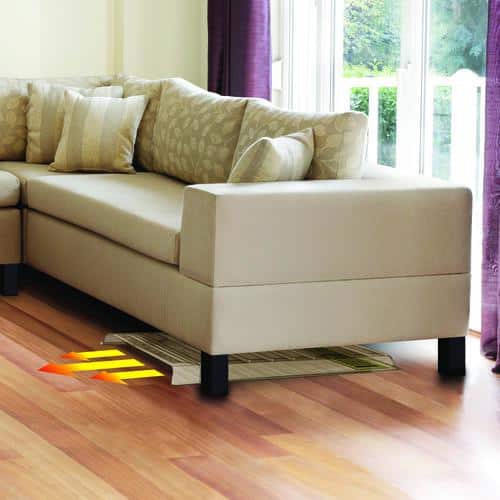
These types of blockages mainly tend to add a lot of static pressure to the heating systems. Experts have suggested that heating should not be blocked permanently or completely as it might be a big problem afterward. This adds a lot of stress on the system. It is very important to provide a sufficient amount of space around the vents. Blockages may lead to damages to the furniture. Making enough space is really necessary as it won’t damage the furniture and provide a consistent flow of heat.
Safety Measures to remember
Every coin has two sides and therefore when you installed the heating system at your home it might be done by a licensed contractor.
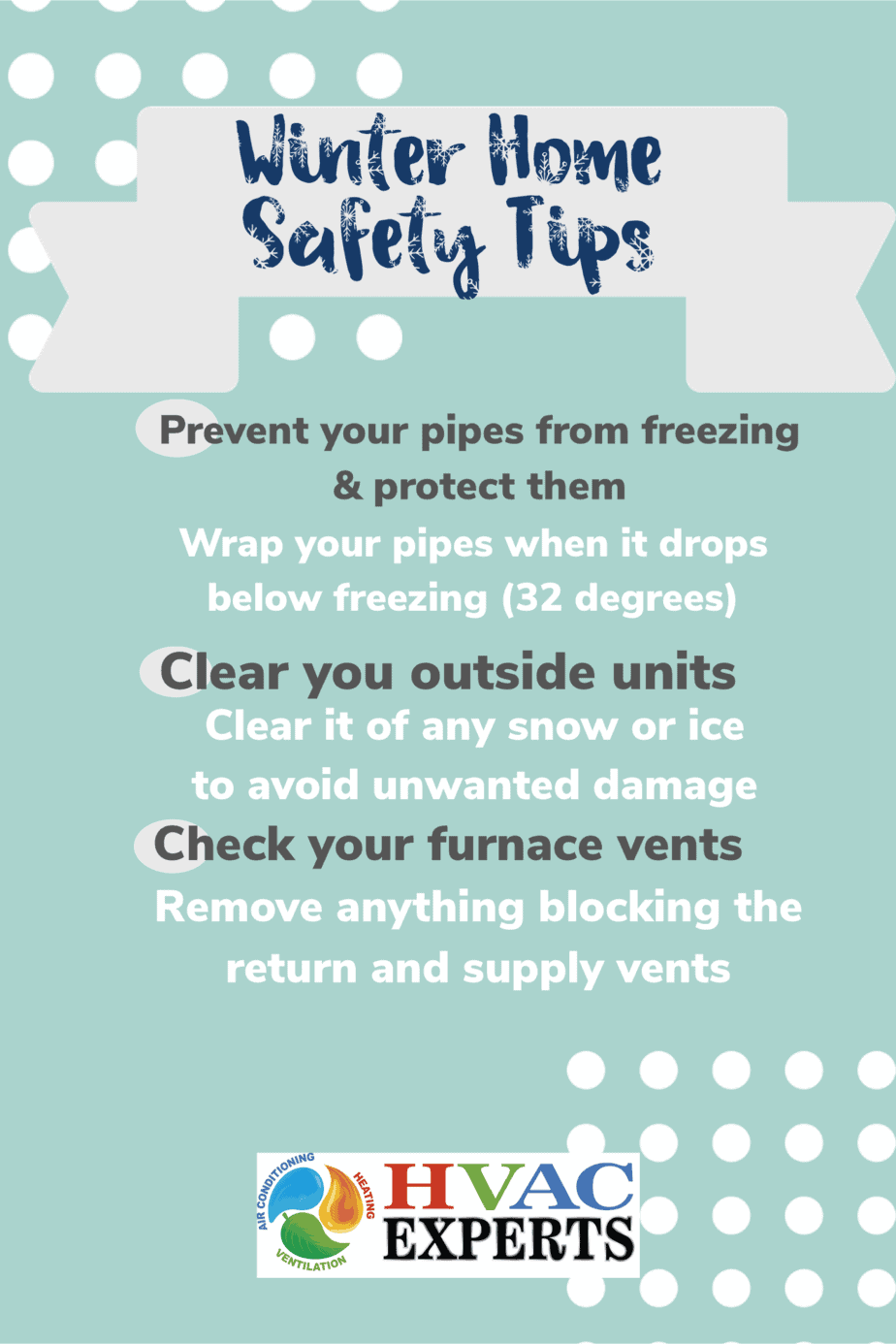
This contractor might have placed an order for industrial standards and also considering the laws of thermodynamics. Doing something or tampering or making changes in the heating system can be a problem too. It is not an ideal thing to do in most situations and such things should always be avoided as much as possible.
In case of blocking the vents, it is very important to ensure that can your heater handle these blockages. It is recommended that one should not block the vents of the heating system. It is not a great idea to do such things. Manufacturers design heater by keeping in mind the airflow and the circulation within an ecosystem.
If you block a couple of vents out of dozens then it can be a thing that you won’t need to worry about. Blocking a few vents out of many may not provide harm to the system but blocking a lot of vents is not a feasible thing to do and it might damage the system. It is important to monitor the blocked vents and see whether there is enough airflow.
If you want to block few vents you can ask a technician or an expert. Seeking a little expert advice can be a good thing and helpful.
As we earlier studied that blocking a few vents can also reduce the efficiency of the heating system. This might be a problem in the long run. This will certainly shorten the life of the parts of the heaters. In the longer run, this thing might also lead to improper airflow and this can create a lot of moisture. This thing can result in mold and dew.
Blocking a lot of vents can also result in smells and fumes that can be fatal. It is strongly recommended that one shouldn’t block one-third of the vents in your home at any given time.
If you notice any kind of heat leakages throughout or at any part of the heater then you can shut the system off temporarily and check the heating grille if there are any kind of leaks.
In case you find any cold draft you might consider sealing the perimeter of the grill cover. For this, you need to unscrew the cover of the heating vent. Once you are done doing this you need to take a small, thick bead of silicone caulk and lay it around the grille. After this, you need to let it get dry. You need to leave it for some time and then replace the cover back and make sure you fix it in a proper position and then put all the screws.
If you have a doubt about how much time silicone takes to dry then you need to leave it for 12 to 18 hours. Even after this if you feel cold drafts, you need to check if there are any kind of damages around the duct.
Check the joint for any harm or impact. Emphasize with a marker the location of these leaks. Screen the region with metal tape. Do not use duct tape or sealant because it will easily wear away. If nothing works, the heater ventilation can be fully screened.
It might not be an ideal thing to do on your own. You need to seek the help of a professional for this. You need to at least work under the supervision of an expert.
Conclusion
It is not a very ideal choice to block the vents for redirecting heat. You can do this but only for a few vents. More than one-third of the vents should never be blocked at it might only add pressure on the heating system.
You can ask for help from a professional in such cases and he will be recommended you everything.
Reference
https://qlabe.com/heaters/can-you-block-a-heater-vent-to-redirect-heat
https://www.hunker.com/13415707/can-you-block-a-heater-vent-to-redirect-heat
